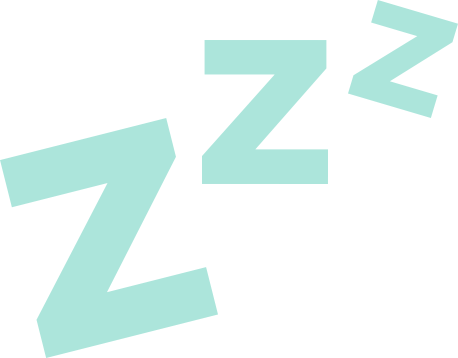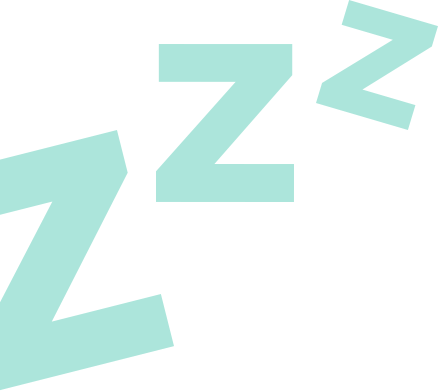Protecting your baby’s ears during a flight
A guide for new parents
It’s holiday season and the weather in the UK has many of us dreaming of blue skies and sunshine. For lots of families, that means getting on a plane for some much-needed Vitamin Sea.
Travelling with your baby for the first time can feel daunting. One common worry is how to protect your little one’s sensitive ears in flight. Changes in air pressure can cause discomfort for babies, which is why some cry during take off and landing. Below is a simple, UK-focused guide to keep your baby comfortable at every stage of the journey.
Why babies feel ear pressure on planes
Rapid cabin pressure changes during take off and landing need to be equalised by the Eustachian tubes. In babies these tubes are smaller and less mature, so pressure equalisation is slower and can feel uncomfortable or painful.
Simple ways to protect your baby’s ears
- Feed at take off and early descent: Breast or bottle works well. Sucking and swallowing help equalise pressure.
- Offer a dummy if used: The sucking action can relieve pressure when feeding is not due.
- Keep baby awake for ascent and descent: Swallowing is less frequent in sleep, so try gentle play or a cuddle to keep them alert for these phases.
- For older babies: Small snacks they can safely chew can help open the Eustachian tubes.
- Stay hydrated: Offer regular feeds or sips. Dry cabin air can make pressure equalisation harder.
- Move when you can: On longer flights, a short walk in the aisle when the seatbelt sign is off can help comfort and calm.
Ear protection products: what helps and what to expect
Before you fly
- Health check: If your baby has a cold, ear infection, or respiratory symptoms, speak to your GP or pharmacist for advice before flying.
- Pack the right kit: Extra nappies, wipes, spare clothes, muslins, feeds, a dummy, comforter, and any medication you may need.
- Plan your seating: If possible, choose seating that makes feeding and cuddles easy. Ask cabin crew when the best time is to feed before descent.
During the flight
Use your SnoozeShade to create calm: You can drape a light layer of SnoozeShade to dim bright cabin lights and reduce visual distractions, helping your baby settle between feeds. The EziBreez® mesh is air-permeable and designed for safe airflow. For practical set up ideas, see our guide to using SnoozeShade on a plane.
- Stay calm and soothing: Babies pick up on your mood. Soft voice, cuddles, and unrushed movements help.
- Watch for cues: Ear pulling, sudden crying near descent, or restlessness can mean pressure discomfort. Offer a feed or dummy promptly.
After landing
Most babies recover quickly once the aircraft is on the ground. If your baby remains unusually unsettled, tugs at ears, or develops a fever, seek medical advice to rule out an ear infection.
Good to know: Small, simple actions at take off and landing make the biggest difference. Feeding, a dummy, and a calm, dim environment are the most effective tools.
Helpful resources:
NHS: caring for babies with colds and ear infections • Airline infant travel pages • SnoozeShade blog: using SnoozeShade on a plane






